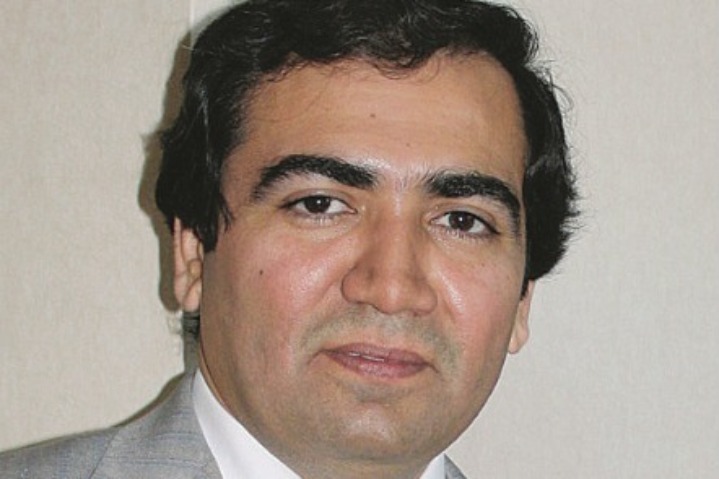Heed the call of students for safe drinking water, hygienic toilets
The number of children lacking access to safe drinking water, toilets and handwashing facilities in schools ranges from 500 million to 900 million across the world, says a joint study by the UN Children's Fund and the World Health Organization. The stark findings in the first ever global assessment of water and sanitation in schools should set alarm bells ringing for authorities and educators.
More than 30 percent of schools worldwide do not provide safe drinking water for about 570 million children. At least 620 million children lack basic sanitation facilities-or improved single-sex facilities usable at the time of the survey-in their schools. And nearly half of the schools worldwide lacked proper handwashing facilities which are essential for disease prevention, said the assessment report released on Monday.
To be more specific, at least one in three primary schools and a quarter of the secondary schools didn't have proper hygienic conditions, affecting nearly 900 million children, according to the "Drinking water, sanitation and hygiene in schools, Global Baseline Report 2018".
Boys and girls spend most of their daytime hours in schools, where person-to-person contacts are intense. Unsafe drinking water and poor sanitation conditions risk exposing the children to health hazards, such as contagious diseases, helminth infections, which affect hundreds of millions of school-age children, diarrhea, and lead and arsenic poisoning, which could impair their ability in several ways, an earlier WHO report said.
As a result, many schoolchildren would be forced to be absent from school. And that girls and female teachers are more vulnerable to infections due to a lack of sanitary facilities means they cannot attend school during their periods, the report said.
Universal access to safe drinking water, sanitation and hygiene in schools as well as in other institutions is part of the 2030 Agenda for Sustainable Development, to which all 193 UN members agreed in 2015. The agenda resolved to end poverty in all its forms and dimensions and ensure that no one is left behind in the journey toward realizing sustainable growth.
"If education is the key to helping children escape poverty, access to water and sanitation is key to helping children safely maximize their education," said Kelly Ann Naylor, global chief of Water, Sanitation and Hygiene at UNICEF. "To neglect this is to be careless with the well-being and health of children," a UN news release on Monday quoted Naylor as saying.
No one can actually afford to neglect the situation. As Deepak Chopra, an Indian-born American public speaker, put it: "Although we take it for granted, sanitation is a physical measure that has probably done more to increase human life than any kind of drug or surgery."
It's time world leaders translated their solemn promise into action. Although another 12 years are left to achieve the 2030 sustainable development goals, time is actually running out, as children can't wait to grow up. They deserve and desperately need a quality learning environment with safe water and sanitation facilities.
Governments need to improve the conditions on a priority basis, as Rick Johnston of the WHO, a lead researcher on the WHOUNICEF project, was cited by Thomson Reuters Foundation as saying in a report on Monday. "With political will, it really is possible to deliver good quality services," Johnston said.
Nongovernmental organizations, including charities, could also play a big role in providing safe drinking water, decent toilets and handwashing facilities for schoolchildren.
Besides, businesses can cash in on the opportunity to provide safe drinking water and hygienic conditions for schools. For example, in June last year, China's quarantine and quality inspection authorities released a list of 24 companies, including A.O. Smith and Hai'er, as the first batch of clean water solution providers recommended for schools as part of the country's latest efforts to improve drinking water quality on campus.
The author is deputy editor-in-chief of China Daily USA.


















